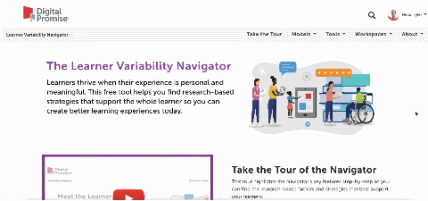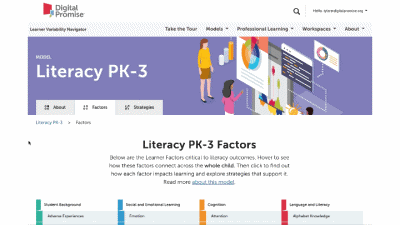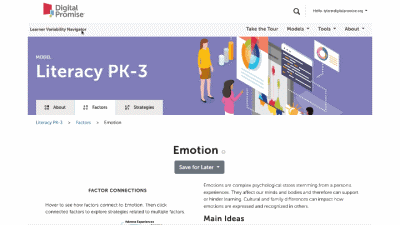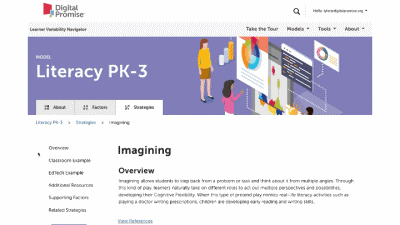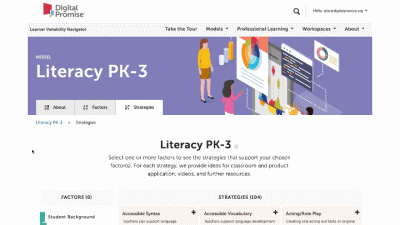Pre-Assessment
Overview
Pre-assessments are tools or activities used before instruction begins to help educators understand what students already know, understand, or can do—and where they may need support. Think of them as a starting-point snapshot. As a type of formative assessment, pre-assessments offer insight into students' Background Knowledge, readiness levels, misconceptions, Motivation, and attitudes. These insights help educators tailor instruction, pacing, and materials to better meet the diverse needs of all learners, including those with learning differences. Pre-assessments can be informal, like entry tickets, checklists, or class discussions, or more structured, such as quizzes or diagnostic tools. They may target broad grade-level standards or specific unit content.
For students with learning differences, pre-assessments can surface strengths and support needs early in the learning process. This enables proactive planning, differentiation, and the use of multiple means of representation and engagement. Pre-assessments also give students a chance to reflect on what they know and identify areas for growth, which can support Metacognition and boost Motivation. When aligned with students' interests and strengths, this process can increase engagement, persistence, and confidence, especially for learners who may face barriers in traditional instructional approaches.
Example: Use This Strategy In in the Classroom
Design It into Your Product
Factors Supported by this Strategy
More Metacognitive Supports Strategies
Creating a culture of error means creating an environment in which errors are valued and encouraged as a necessary part of the learning process, which can help learners to view errors and learn more positively.
Feedback is the process of providing learners with information about their learning to support their progress and improvement, and can come from a range of sources, including teachers and peers.
Goal-setting and monitoring involves teachers working with students to set individualized academic or behavioral goals, plan actions to achieve those goals, and track progress.
When students are able to encourage themselves through kind and motivating self-statements, they are practicing positive self-talk.
A rubric is a tool that communicates expectations for success for students to achieve and can include symbols or charts that are easy for students to understand.


